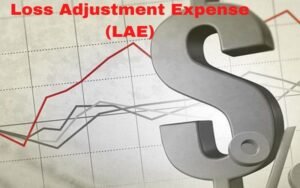What’s half stock?
Half stock is a security with a 50% par value compared to the ordinary price. A bond’s or stock’s par value is its face value. Half stock can be standard or preferred, functioning similarly to regular stock except for the halved par value.
Half Stock Explained
A share of common stock’s worth is frequently the same for both regular and half stock because of its growing potential. The par value of a company is crucial in determining its dividend, especially for preferred stock. Preferred stock may also have a more significant claim on liquidated firm profits. In liquidation, a half-preferred equity share may get less.
Par value, or bond face value, is the primary amount the lender or investor lends to the borrower or issuer. Stock par values are frequently tiny and arbitrary, like $0.01. Due to dividend calculations, preferred stock is worth more.
Common Stock vs. Preferred Stock
The distinctions between common and preferred shares are minor but substantial. Common stock is a corporate ownership security. Common stockholders elect directors and set business policy. However, common stockholders rank low in ownership. Common shareholders can only access a company’s assets once bondholders, preferred shareholders, and other debt holders have been paid in full after liquidation.
Preferred stock in a company has a more significant claim on its assets and earnings than regular stock. With common shares, companies are not required to pay dividends. Preferred stockholders anticipate dividends. The security sells itself on dividends. Preferred shares usually have a dividend-paying priority over regular stockholders and lack voting rights, and preferred stock is rarer than ordinary. Preferred stocks include those from Bank of America (BAC) and MetLife (MET).
Real-World Example
Half-stock par values are usually half of normal. Let BuySell’s preferred shares have a $100 par value. The corporation chooses to issue half-stock.
Half stock is still preferred and ranks higher than common stock, but it pays out a lower dividend and gives owners fewer claims on assets if the company declares bankruptcy and liquidates. BuySell issues 50 preferred shares, half stock.
Conclusion
- Half-stocks are securities with a face value of half of the regular price.
- Half stock can be standard or preferred and behaves like average stock except for its lower par value.
- Unlike common stock, half stock is generally preferred stock and pays dividends.















































